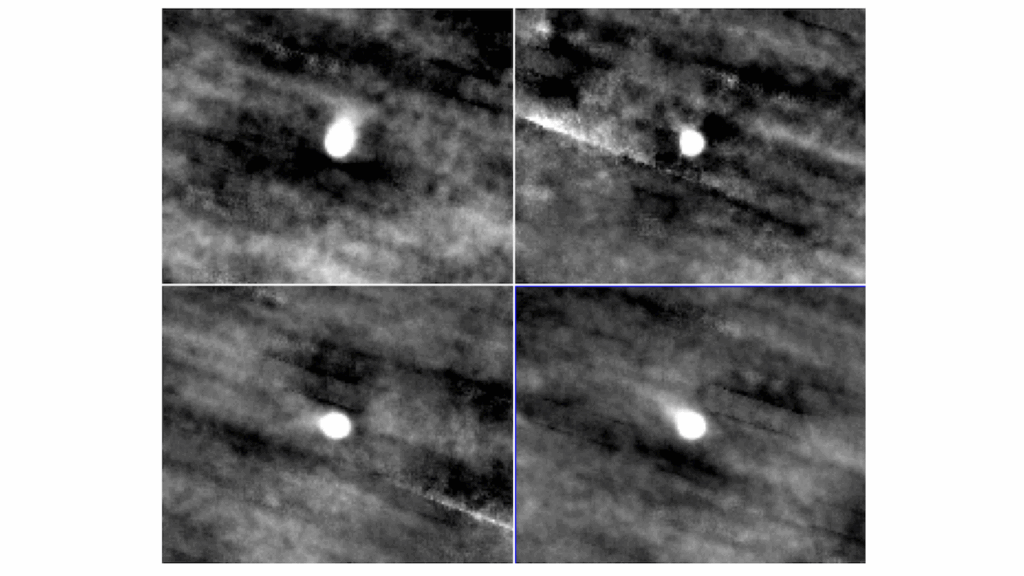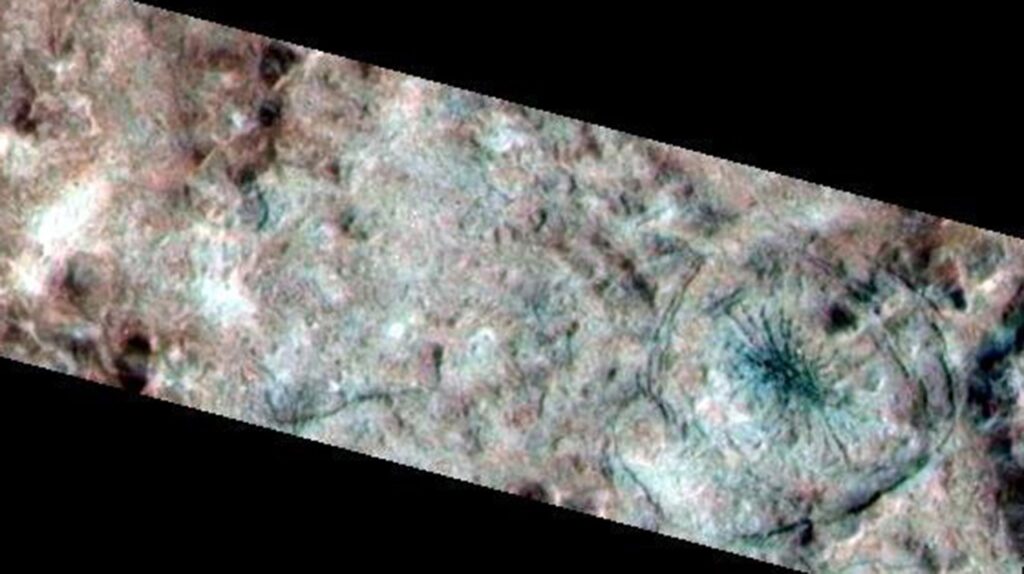Planet Formation Theory In The Era Of ALMA And Kepler: From Pebbles To Exoplanets

Our understanding of planet formation has been rapidly evolving in recent years. The classical planet formation theory, developed when the only known planetary system was our own Solar System, has been revised to account for the observed diversity of the exoplanetary systems.
At the same time, the increasing observational capabilities of the young stars and their surrounding disks bring new constraints on the planet formation process. In this chapter, we summarize the new information derived from the exoplanets population and the circumstellar disks observations. We present the new developments in planet formation theory, from dust evolution to the growth of planetary cores by accretion of planetesimals, pebbles, and gas.
We review the state-of-the-art models for the formation of diverse planetary systems, including the population synthesis approach which is necessary to compare theoretical model outcomes to the exoplanet population. We emphasize that the planet formation process may not be spatially uniform in the disk and there are preferential locations for the formation of planetesimals and planets. Outside of these locations, a significant fraction of solids is not growing past the pebble-sizes.
The reservoir of pebbles plays an important role in the growth of planetary cores in the pebble accretion process. The timescale of the emergence of massive planetary cores is an important aspect of the present models and it is likely that the cores within one disk form at different times. In addition, there is growing evidence that the first planetary cores start forming early, during the circumstellar disk buildup process.
Joanna Drazkowska, Bertram Bitsch, Michiel Lambrechts, Gijs D. Mulders, Daniel Harsono, Allona Vazan, Beibei Liu, Chris W. Ormel, Katherine Kretke, Alessandro Morbidelli
Comments: 37 pages, 13 figures, review chapter submitted to Protostars and Planets VII, editors: Shu-ichiro Inutsuka, Yuri Aikawa, Takayuki Muto, Kengo Tomida, and Motohide Tamura
Subjects: Earth and Planetary Astrophysics (astro-ph.EP); Solar and Stellar Astrophysics (astro-ph.SR)
Cite as: arXiv:2203.09759 [astro-ph.EP] (or arXiv:2203.09759v1 [astro-ph.EP] for this version)
Submission history
From: Joanna Drazkowska
[v1] Fri, 18 Mar 2022 06:18:46 UTC (5,033 KB)
https://arxiv.org/abs/2203.09759
Astrobiology,








